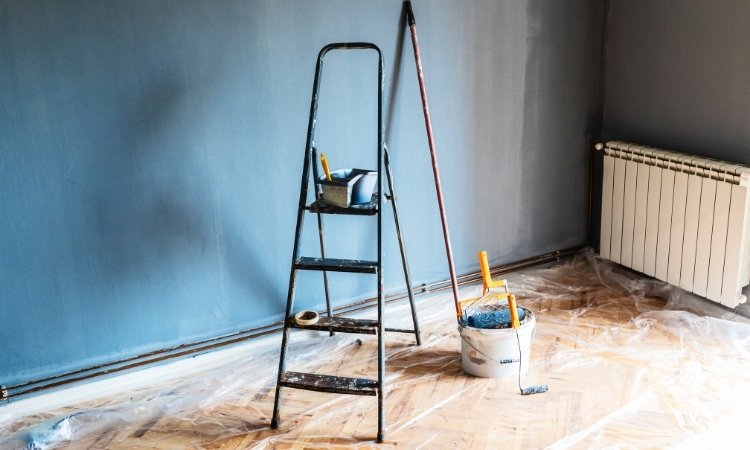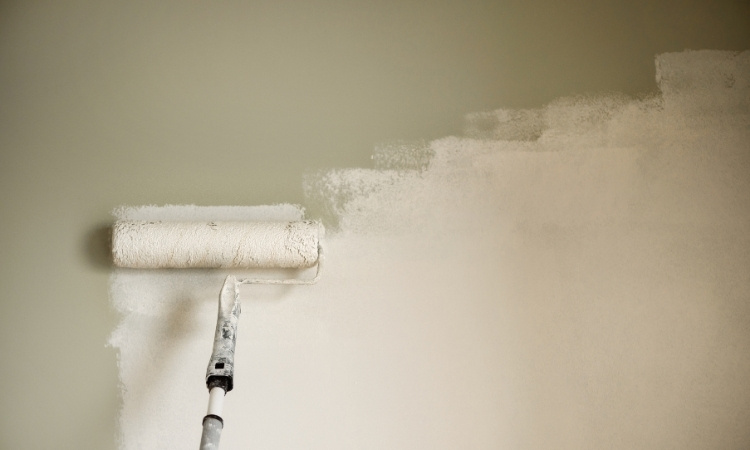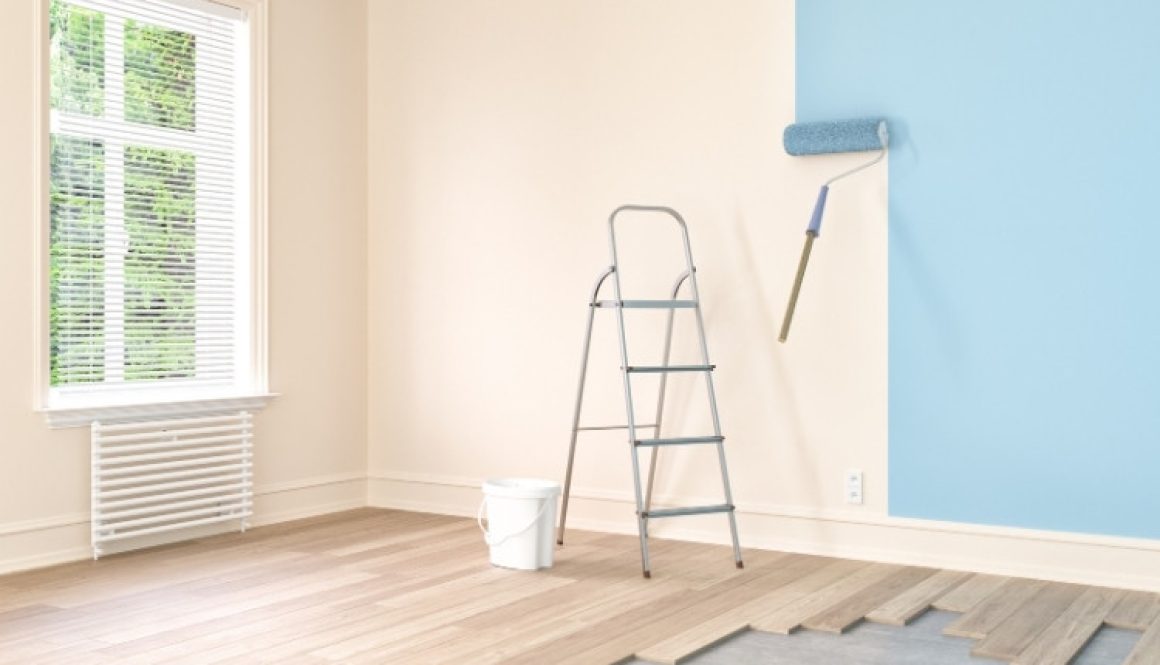How to Paint a Room Like a Pro in Singapore
Have you ever looked at your walls and wondered how to paint a room so it looks flawless as if done by a professional? Whether it is repainting your HDB flat, retouching your condominium, or redesigning a landed property, painting a room in Singapore is a different ball game because of the humid climate.
Firstly, as a DIY enthusiast and someone who has personally painted rooms in Singapore many times, let me share with you a few practices that can assist in painting a room like a pro. Here’s a detailed, personalized guide explicitly tailored to Singapore’s conditions.
Also, LS Painting Services Singapore offers the best residential painting, house painting, and commercial painting services in Singapore.
A: Planning Is Key: Prepare Like a Professional
A well-prepped room sets the stage for a smooth painting process and long-lasting results. Here’s how to get started.
1. Choose the Right Room Paint
Singapore’s humidity requires specialized paints to ensure longevity and mold resistance. Look for:
- Mold-Resistant Paint: Go for anti-mold paints like Nippon Paint Odour-less Anti-Mould or Dulux Wash & Wear with Stay Clean Technology. These are specially formulated for tropical climates.
- Washable Paints: In family homes, opt for paints that allow easy cleaning, especially in high-traffic areas.
- Color Considerations: Singapore’s natural light can make colors look brighter. Test samples to see how the shades appear at different times of the day.
- Eco-Friendly Options: Water-based paints, which contain low amounts of volatile organic compounds, are better for health, particularly for children.
2. Gather the Essentials
To achieve professional results, invest in high-quality tools:
- Paint roller with an extendable handle for ceilings.
- Angled brushes for edges and corners.
- Painter’s tape to protect trims and switches.
- Use a drape or put on sheets that will cover the floor to avoid getting them stained.

3. Prepare the Room
Singapore’s homes often have built-in wardrobes and air-conditioning units, so take these precautions:
- Move Furniture: Move all the large and bulky items to the center of the room and cover them with plastic sheets.
- Protect Air-Conditioning Units: Use painter’s tape and plastic covers to shield your unit from paint splatters.
- Clean Thoroughly: Dust and grease are everywhere in Singapore’s climate. Use mild, soapy water to wash the walls thoroughly and ensure they are dry before you paint.
4. Repairing Wall Imperfections
Singapore’s weather can cause cracks or bubbling in walls over time. Address these issues before painting:
- Use a wall filler or putty to fill cracks and holes.
- Sand the patched areas with fine sandpaper for a smooth surface.
- For water-damaged walls, scrape off peeling paint and treat the area with a mold-killing solution.
B: Priming: The Secret to a Lasting Finish
Priming ensures your paint adheres properly and looks uniform:
- Why Use a Primer? It seals the surface, ensuring the paint adheres better and provides an even color.
- Choose the Right Primer: Use a moisture-blocking or stain-blocking primer for humid conditions.
- Extra Step for Moldy Walls: If you are working on moldy surfaces, clean the mold with a mold remover before applying the primer.
- Why Primer is Essential in Singapore: Primers seal porous walls, prevent stains from bleeding through, and provide a moisture barrier in humid conditions.
- Application Tips: Use a roller for large areas and a brush for corners. Let the primer dry for at least 6 hours in a well-ventilated space before applying paint.
C: Paint a Room Like a Pro: Step-by-Step Instructions
1. Cutting-In Edges and Corners
Cutting in creates a clean line and ensures your roller doesn’t miss hard-to-reach areas:
- Use an angled brush to carefully paint along the edges of walls, around windows, door frames, and switches.
- Work in small parts to keep the paint from drying before blending it with the roller.
2. Rolling the Walls
Rolling is where the magic happens. A smooth technique is crucial:
- The Right Technique: Use a W or M motion to evenly spread paint. Then, go over the area with vertical strokes to smooth it out.
- Light Pressure: Avoid pressing too hard on the roller to prevent streaks or drips.
- Multiple Coats: Singapore’s bright lighting can reveal imperfections, so apply at least two coats. Allow each coat to dry for 4-6 hours.
3. Painting the Ceiling
If you’re tackling the ceiling, consider these tips:
- Use ceiling paint, which is thicker and less prone to dripping.
- Start from a corner and work in small, manageable sections.
- For Singaporean homes with recessed lighting, carefully paint around fixtures for a clean look.
4. Textured Walls
Many HDB flats have textured walls. Use a medium-pile roller to ensure the paint reaches all crevices without overloading.

D: Finishing Touches: Elevate Your Results
- Remove Tape Carefully: Remove the painter’s tape at a 45-degree angle once the paint is slightly wet in order to prevent the paint from peeling off.
- Clean Up Drips Immediately: Use a damp cloth to clean any accidental spills before they dry.
- Check for Touch-Ups: Inspect the room under different lighting conditions to spot areas needing more coverage.
Pro Tips for Room Painting in Singapore
- Ventilation Matters: Use fans or open windows to speed up drying times, especially during Singapore’s rainy season.
- Avoid Painting on Rainy Days: High humidity slows drying and can cause uneven finishes.
- Invest in Quality: High-quality paints may cost more upfront but save you time and effort in the long run.
- Mind the Weather: Singapore’s tropical rains can cause sudden humidity spikes. Paint during dry spells for the best results.
Conclusion
Learning how to paint a room in Singapore saves you money and lets you customize your space to reflect your personality. You’ll be able to obtain an expert-like outcome by choosing the proper material, adhering to the correct procedure, and solving any issues ahead of time. Whether you are repainting just one room or doing a complete overhaul, painting a room like a professional is something essential to know.
So get your brushes, raise your sleeves, and let your imagination work—your dream room is here!


